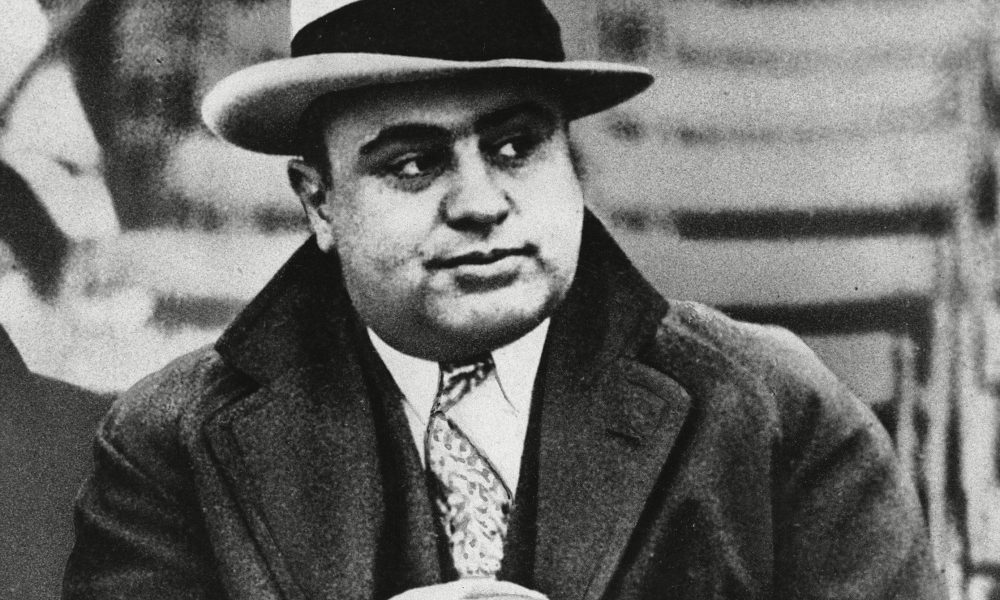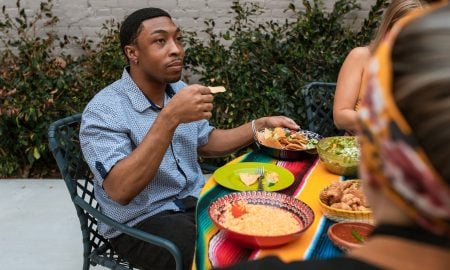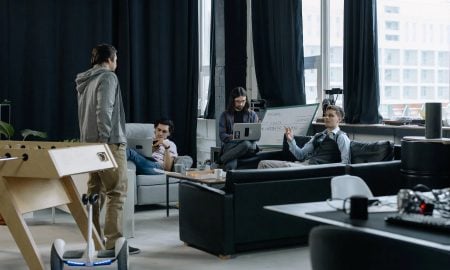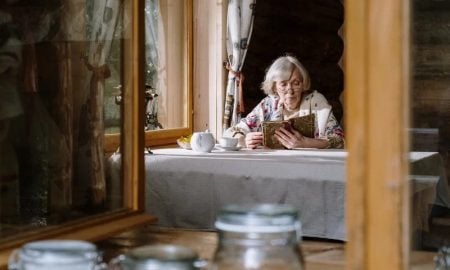
The Deadly Mobster with a Heart: Al Capone Ran a Soup Kitchen During the Great Depression

Gangster Al Capone became Chicago’s crime boss, and within four years, he earned over $40 million (valued at $550 million now) by illegally selling booze during Prohibition. Hooch bottles were distributed to over 10,000 speakeasies and brothels using a vast bootlegging supply chain across the Midwest. Capone’s alcohol distribution was unlawful, but for many Americans, he was heroic.

Capone claimed he was a businessman supplying people what they needed and during Prohibition in the 1920s, people wanted liquor. While planning all crimes in this territory, Capone also provided milk to Chicago’s school children besides donating to local charities. The stock market disaster on October 29, 1929, destroyed the American economy during the Great Depression as banks failed, businesses shut, and millions remained hungry and unemployed. Hundreds of soup kitchens were set up around the country and one in Chicago belonged to Al Capone.
No Questions Asked

When Al Capone’s free soup kitchen first opened in the South Loop, Chicago neighborhood, in November 1930, there were thousands of Chicagoans who were unemployed and in 1931, over 624,000 people (50 % of Chicago’s workforce) were jobless. Capone’s charity had a sign over the door that advertised Soup, Coffee & Doughnuts for those who did not have jobs. Inside, women served about 2200 people daily with a smile and asked no questions. Breakfast was only hot coffee and sweet rolls while lunch and dinner was soup and bread, costing $300 per day. The soup kitchen never advertised the Capone connection, but local newspapers duly noted who the donor was. Those down on their luck stood in line, winding past the door of the city’s police headquarters. The line was longer when they hosted a special meal on Thanksgiving comprising of beef stew and cranberry sauce for 5000 poor Chicagoans.
Capone’s Not-so-noble Motives?

Capone’s continued efforts to feed as many from Chicago during the Great Depression weren’t altruistic, as suggested by a political ally, Daniel Serritella, who was elected in 1930 to the Illinois state senate. Capone never invested much money into kitchen operations, bribing and extorting other businesses to stock the pantry. During Seritella’s trial in 1932 for conspiring with grocery shop owners to cheat their customers, it was found that a consignment of ducks donated to Christmas baskets for the poor, landed instead in Capone’s soup kitchen. Capone’s soup kitchen was opened to secure public backing after being implicated in the Saint Valentine’s Day Massacre, 1929 when Capone’s gunmen assassinated 7 men inside a Chicago parking garage, and they belonged to the rival gang. No one was ever prosecuted for the crime. Capone was described as an ambidextrous giant who feeds with one hand and kills with the other.
Abrupt Closure

Capone’s soup kitchen closed abruptly in April 1932 with the organisers claiming that the kitchen was redundant as the economy had improved. Actually 4 million more unemployed had increased across the country between 1931 and 1932. The kitchen daily diners moved on to another one. Within two months, Capone was charged on 22 counts of income tax evasion which landed him in Alcatraz Federal Penitentiary, San Francisco. Though Capone swore to reopen his soup kitchen during his trial, its doors never reopened. The building became a flophouse, and in 1955, city authorities deemed it a fire hazard, shutting it down permanently. Now a parking lot remains at the site of Capone’s notorious soup kitchen.
More in Top Bank Accounts
-
`
Mindful Eating – What is It and How to Go About It?
This age-old technique of mindful eating changes the way you think about food and leads to a lifetime of wholesome eating....
January 22, 2024 -
`
Steps to Create a Crowdfunding Project and Secure the Money Needed
Your crowdfunding campaign can be successful if you use tried-and-true tactics. Crowdfunding has exploded in recent years, helping to launch prosperous...
December 18, 2023 -
`
Why The Digital Nomad Lifestyle is Increasing in Popularity
The digital nomad movement is now quite popular, and by the year 2025, 22% of the workforce in the United States will...
December 7, 2023 -
`
Famous Entrepreneurs Want You to Learn From Their Biggest Failures
No one can be an overnight success, as failure is an inevitable baggage on an entrepreneurial journey. Some famous entrepreneurs speak...
December 6, 2023 -
`
Miss your Pet When Traveling? Book These Hotels if You Want a Furry or Feathered Friend Welcoming You at the Lobby
Do you miss your pet, having left him/her behind when traveling? At some hotels, you get your “I-really-miss-my-pet” fix, all thanks...
December 6, 2023 -
`
These are Some of the Greatest Inheritances Recorded the World-over
The Bloomberg Billionaires Index has listed the 25 richest families around the globe, and control over 1 trillion dollars of the...
December 5, 2023 -
`
Stunning Hotels Around the World Which Even Celebrities Fawn Over
Where do Celebs vacation? In certain aspects, superstars are similar to us, but not when it comes to vacation lodging. Stars...
December 1, 2023 -
`
Unlocking Financial Success: Timeless Wisdom from John Paul DeJoria
In a recent interview with Forbes, John Paul DeJoria, the visionary entrepreneur behind Paul Mitchell and Patrón Tequila, shared a wealth...
November 8, 2023 -
`
The Ultra Wealthy Want Their Privacy and They’ll Do Anything to Get It
Ultra-rich rapper Nicki Minaj in her pink Lamborghini worth $400,000 or celebrity entrepreneur Mark Cuban stepping out from his private jet worth $40...
October 31, 2023















You must be logged in to post a comment Login